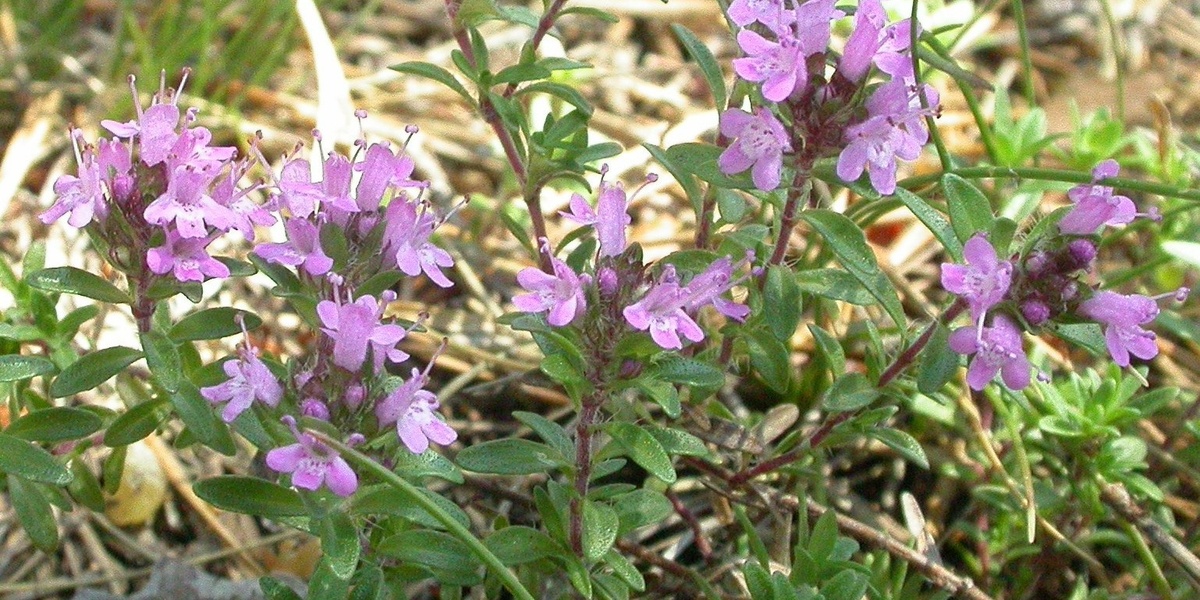Whether you’re working with a sunny balcony, a tight raised bed, or a kitchen windowsill, small culinary and medicinal plants can transform limited space into a productive patch. This guide focuses on compact, easy-care choices that suit busy gardeners and beginners alike.
There are 30 small herbs, ranging from Anise to Watercress, listed with Scientific name,Height (cm),Sun & hardiness — which you’ll find below.
How do I choose which small herbs will thrive in my space?
Match herbs to your conditions: check light, wind exposure and how much foot traffic the area gets. Pick plants suited to those conditions (sun lovers for bright spots, moisture-tolerant ones like watercress for damp areas), think about culinary use and harvest frequency, and start with a few versatile options to learn what works.
What are the basics for growing small herbs in containers?
Use a pot with good drainage, a lightweight potting mix, and containers large enough for the species’ root spread. Water consistently but avoid waterlogging, feed lightly during the growing season, and prune or harvest regularly to keep plants compact and productive; move tender herbs indoors if winters are harsh.
Small Herbs
| Name | Scientific name | Height (cm) | Sun & hardiness |
|---|---|---|---|
| Chives | Allium schoenoprasum | 30 | Full sun–part shade; zones 3–9 |
| Garlic chives | Allium tuberosum | 30 | Full sun–part shade; zones 4–9 |
| Parsley | Petroselinum crispum | 40 | Full sun–part shade; zones 2–11 |
| Greek basil | Ocimum basilicum ‘Greek’ | 20 | Full sun; annual (perennial in zones 10–11) |
| Spicy Globe basil | Ocimum basilicum ‘Spicy Globe’ | 20 | Full sun; annual (perennial in zones 10–11) |
| Creeping thyme | Thymus serpyllum | 10 | Full sun; zones 4–9 |
| Lemon thyme | Thymus × citriodorus | 12 | Full sun; zones 5–9 |
| Oregano ‘Compactum’ | Origanum vulgare ‘Compactum’ | 15 | Full sun; zones 5–9 |
| Marjoram (sweet) | Origanum majorana | 25 | Full sun–part shade; zones 6–10 |
| Spearmint | Mentha spicata | 30 | Full sun–part shade; zones 3–8 |
| Peppermint | Mentha × piperita | 30 | Full sun–part shade; zones 3–8 |
| Lemon balm | Melissa officinalis | 40 | Full sun–part shade; zones 4–9 |
| Coriander (cilantro) | Coriandrum sativum | 40 | Full sun–part shade; annual; cool-season grower |
| Summer savory | Satureja hortensis | 35 | Full sun; annual (tender) or zones 7–10 |
| Chervil | Anthriscus cerefolium | 40 | Part shade–full sun; annual; best in cool climates |
| French sorrel | Rumex scutatus | 25 | Part shade–full sun; zones 4–9 |
| Salad burnet | Sanguisorba minor | 30 | Full sun–part shade; zones 4–9 |
| Watercress | Nasturtium officinale | 25 | Part shade–full sun; zones 7–10 (prefers cool water) |
| Bush nasturtium | Tropaeolum majus (bush types) | 30 | Full sun–part shade; annual/tender |
| Shiso (perilla) | Perilla frutescens var. crispa | 40 | Full sun–part shade; annual/tender (zones 10–11) |
| Wasabi | Eutrema japonicum | 30 | Part shade; zones 6–9 (prefers moist, shaded conditions) |
| Sweet woodruff | Galium odoratum | 15 | Part shade–full shade; zones 4–8 |
| Stevia | Stevia rebaudiana | 40 | Full sun–part shade; tender perennial (grow as annual in cool areas) |
| Fenugreek | Trigonella foenum-graecum | 40 | Full sun; annual; best in warm seasons |
| Culantro | Eryngium foetidum | 35 | Part shade–full shade; tropical tender (grow as annual in cool climates) |
| Catmint (dwarf) | Nepeta × faassenii | 30 | Full sun–part shade; zones 4–8 |
| Bunching onion (scallion) | Allium fistulosum | 30 | Full sun–part shade; zones 5–9 |
| Anise | Pimpinella anisum | 40 | Full sun; annual; best in temperate zones |
| Pennyroyal | Mentha pulegium | 20 | Full sun–part shade; zones 5–9 |
| Purslane | Portulaca oleracea | 10 | Full sun; annual; heat-tolerant |
Images and Descriptions

Chives
Perennial onion-flavored herb from Europe/Asia used as a fresh culinary garnish and mild medicinal tea. Thrives in containers and small spaces, easy to grow, cold-hardy. Notable trait: edible purple spring flowers add color and flavor.

Garlic chives
Garlic-scented leaves popular in Asian cooking and as a mild culinary herb; native to East Asia. Great in pots and window boxes, hardy and fast to regrow. Notable trait: flat, strap-like leaves and white summer blooms.

Parsley
Biennial/perennial herb (commonly grown as an annual) from Europe used for garnish, sauces and traditional remedies. Does well in containers or herb beds, rich in vitamins. Notable trait: dual-purpose curly or flat-leaf forms for cooking and presentation.
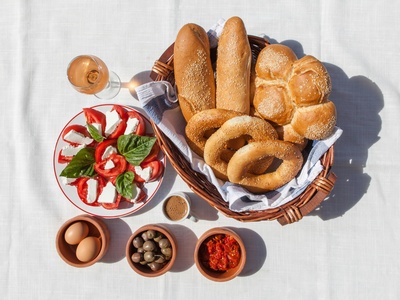
Greek basil
Compact, strongly flavored basil originating from Mediterranean gardens, ideal for pesto, salads and container cultivation. Low and bushy habit suits small patios. Notable trait: small, intensely aromatic leaves on tidy plants.
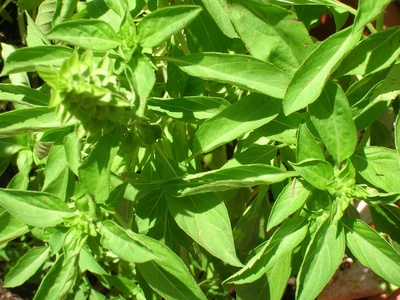
Spicy Globe basil
Tiny, globe-shaped basil cultivar with peppery flavor; perfect for windowsill pots and edging. Easy-care and slow to bolt in warm weather. Notable trait: naturally compact, almost spherical habit.
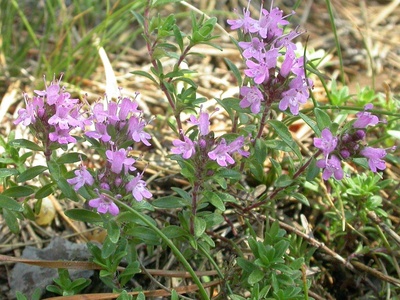
Creeping thyme
Low-growing, aromatic groundcover thyme from Europe used for seasoning and medicinal teas. Excellent in shallow containers, between paving stones or front-of-border pots. Notable trait: dense matting habit with tiny, fragrant leaves.

Lemon thyme
Compact thyme with citrus-scented leaves used in cooking, teas and aromatics; Mediterranean origin. Thrives in containers and rock gardens, drought-tolerant once established. Notable trait: bright lemon aroma that livens dishes and drinks.
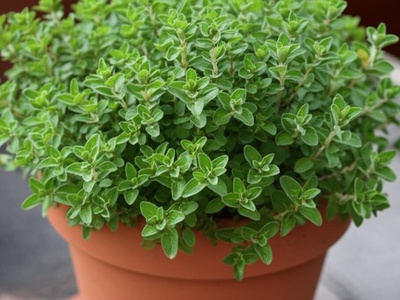
Oregano ‘Compactum’
Dwarf oregano with intense, savory Mediterranean flavor for pizzas and sauces. Ideal for small pots or herb spirals, hardy and aromatic. Notable trait: tight, cushiony habit that resists legginess.
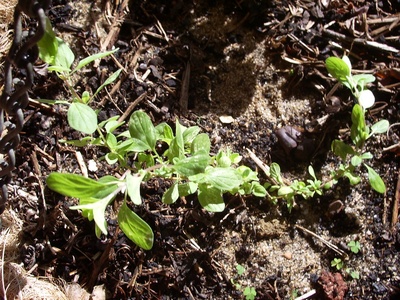
Marjoram (sweet)
Tender perennial/annual from the Mediterranean with delicate, sweet flavor used in soups and meats; mild medicinal use. Works well in containers and herb gardens, preferring well-drained soil. Notable trait: softer, milder leaves than oregano.
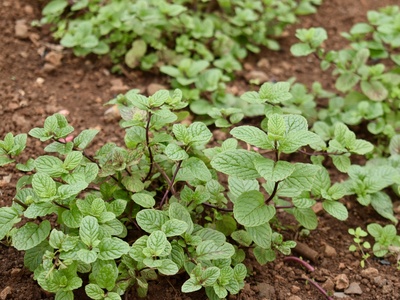
Spearmint
Refreshing, cool-flavored mint native to Europe/Asia used in teas, desserts and savory dishes. Vigorous in containers (helps control spreading), tolerant of varied light. Notable trait: aggressive runner habit best kept potted.

Peppermint
Hybrid mint with strong menthol aroma used for culinary, aromatic and traditional medicinal teas; European origin. Thrives in containers to limit spread and prefers moist soil. Notable trait: very aromatic leaves with cooling flavor.
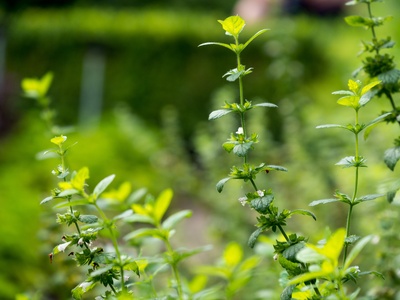
Lemon balm
Aromatic lemon-scented perennial from Europe used for teas, calming remedies and culinary flavoring. Good container plant for herbal tea gardens, spreads moderately. Notable trait: soothing lemon fragrance when leaves are crushed.
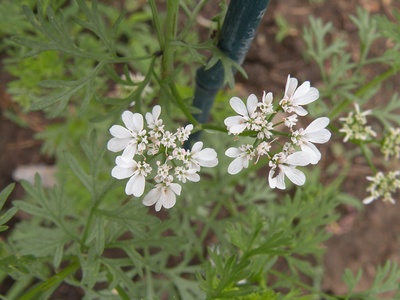
Coriander (cilantro)
Annual herb used for fresh leaves (cilantro) and seeds (coriander); native to Eurasia. Grows well in containers or window boxes, bolts in heat. Notable trait: quick-growing with distinctleaf and seed-stage uses.
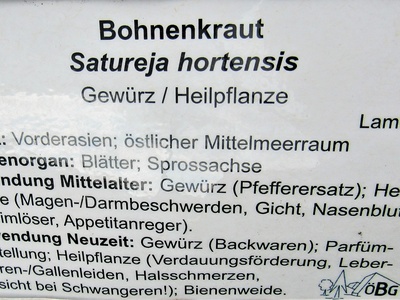
Summer savory
Peppery, thyme-like annual herb from the Mediterranean used with beans, meats and in preserves. Compact habit suits pots and small beds, easy to harvest. Notable trait: bright, savory flavor that holds up in cooking.

Chervil
Delicate, anise-tasting herb from Europe used in French cuisine and light salads; mild medicinal history. Prefers containers or shaded spots, sensitive to heat. Notable trait: fine, ferny leaves that add subtle flavor.
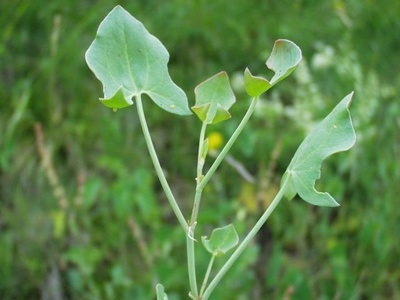
French sorrel
Tangy, lemony perennial herb from Europe used in salads, soups and sauces. Compact and well-suited to small containers or herb pots, leaf-harvest friendly. Notable trait: bright, citrus-like acidity in young leaves.
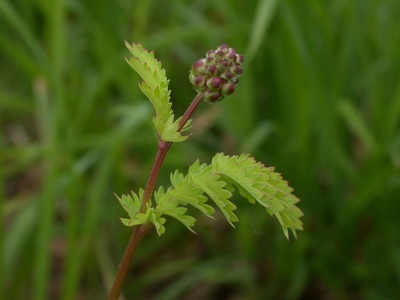
Salad burnet
Mild cucumber-flavored perennial herb native to Europe used in salads, herb butter and teas. Good in pots and rock gardens, drought-tolerant. Notable trait: pinnate leaves with crisp, cooling flavor.
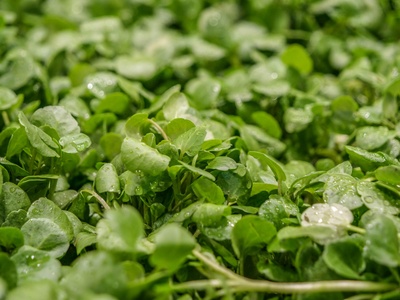
Watercress
Peppery aquatic herb native to Europe/Asia used in salads and sandwiches. Thrives in water-filled containers or cool, moist pots; fast-growing. Notable trait: aquatic habit provides a constant fresh supply of greens.

Bush nasturtium
Edible-flower annual with peppery leaves and blooms used in salads and garnishes; native to South America. Compact bush varieties fit small containers and hanging baskets. Notable trait: colorful edible flowers pair with flavorful leaves.

Shiso (perilla)
Aromatic East Asian herb used fresh or pickled with distinctive anise-mint flavor. Container-friendly and quick to grow, popular in Asian cuisines. Notable trait: striking purple or green foliage with strong scent.
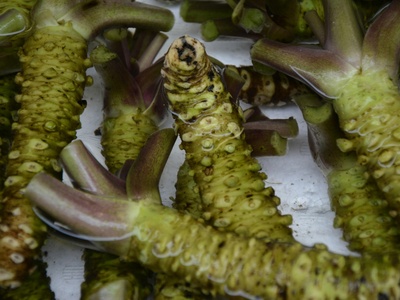
Wasabi
Perennial, Japanese horseradish with pungent rhizome used for traditional condiments. Suited to deep containers or shaded boggy pots, slow-growing but prized. Notable trait: cool, stream-like growing preference for authentic flavor.

Sweet woodruff
Low, fragrant woodland perennial from Europe used for scenting wines and light medicinal teas. Ideal as a groundcover in shaded containers or pots. Notable trait: sweet, hay-like fragrance when dried or bruised.
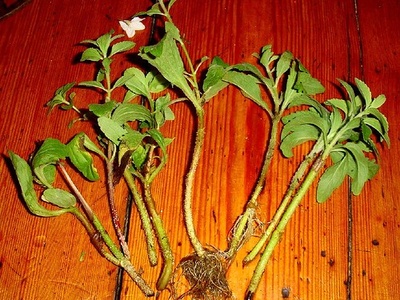
Stevia
Sweet-leafed South American herb used as a natural sweetener and in herbal infusions. Grows well in pots with warm conditions, leaves are intensely sweet. Notable trait: natural zero-calorie sweetness from leaf compounds.
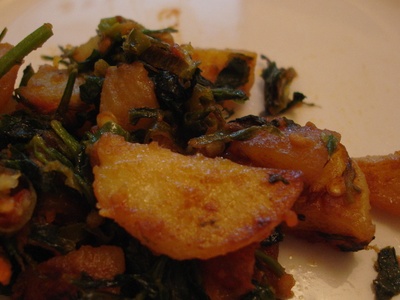
Fenugreek
Nutty, maple-like flavored annual from the Mediterranean/Asia used in spice blends, chutneys and traditional remedies. Works in medium containers and raised beds, fast to germinate. Notable trait: edible seeds and leaves used differently.
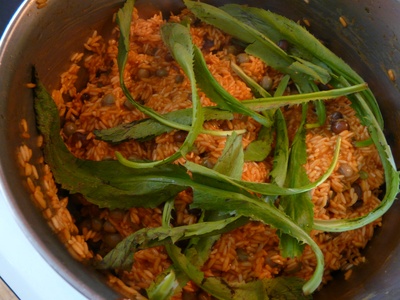
Culantro
Strong, cilantro-like herb from tropical Americas used in Caribbean and Asian cooking; prefers shady, moist containers. Notable trait: long, serrated leaves with intense aroma—more heat-tolerant than cilantro.

Catmint (dwarf)
Aromatic perennial related to catnip with mild minty flavor used historically in teas; Mediterranean origin. Compact cultivars suit containers and low borders, hardy and long-blooming. Notable trait: attractive spikes of lavender flowers and soothing scent.
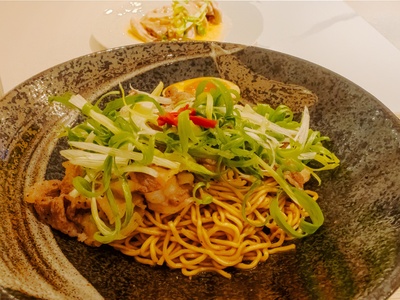
Bunching onion (scallion)
Perennial/annual scallion with hollow green stalks used raw or cooked; East Asian origins. Excellent in deep pots or kitchen planters, quick to harvest. Notable trait: continual regrowth after cutting makes it a steady supply.

Anise
Sweet, licorice-flavored annual from the Mediterranean used for seeds, flavoring breads and infusions. Grows in containers with deep soil and full sun. Notable trait: aromatic seeds provide a distinctive aniseed flavor.
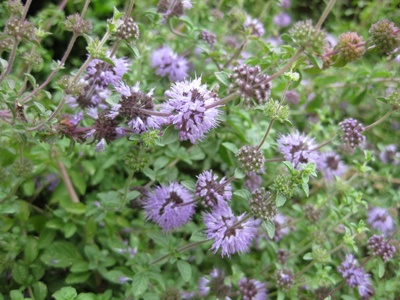
Pennyroyal
Low-growing mint family herb historically used for culinary and medicinal purposes; native to Europe. Fits shallow pots and rock gardens, spreads moderately. Notable trait: strong minty aroma—use cautiously (traditional medicinal caution applies).

Purslane
Succulent, lemony edible herb used raw in salads and traditional cuisines worldwide. Thrives in shallow containers and hot, dry conditions; prolific and nutritious. Notable trait: succulent leaves high in omega-3s and adaptable to tight spaces.
